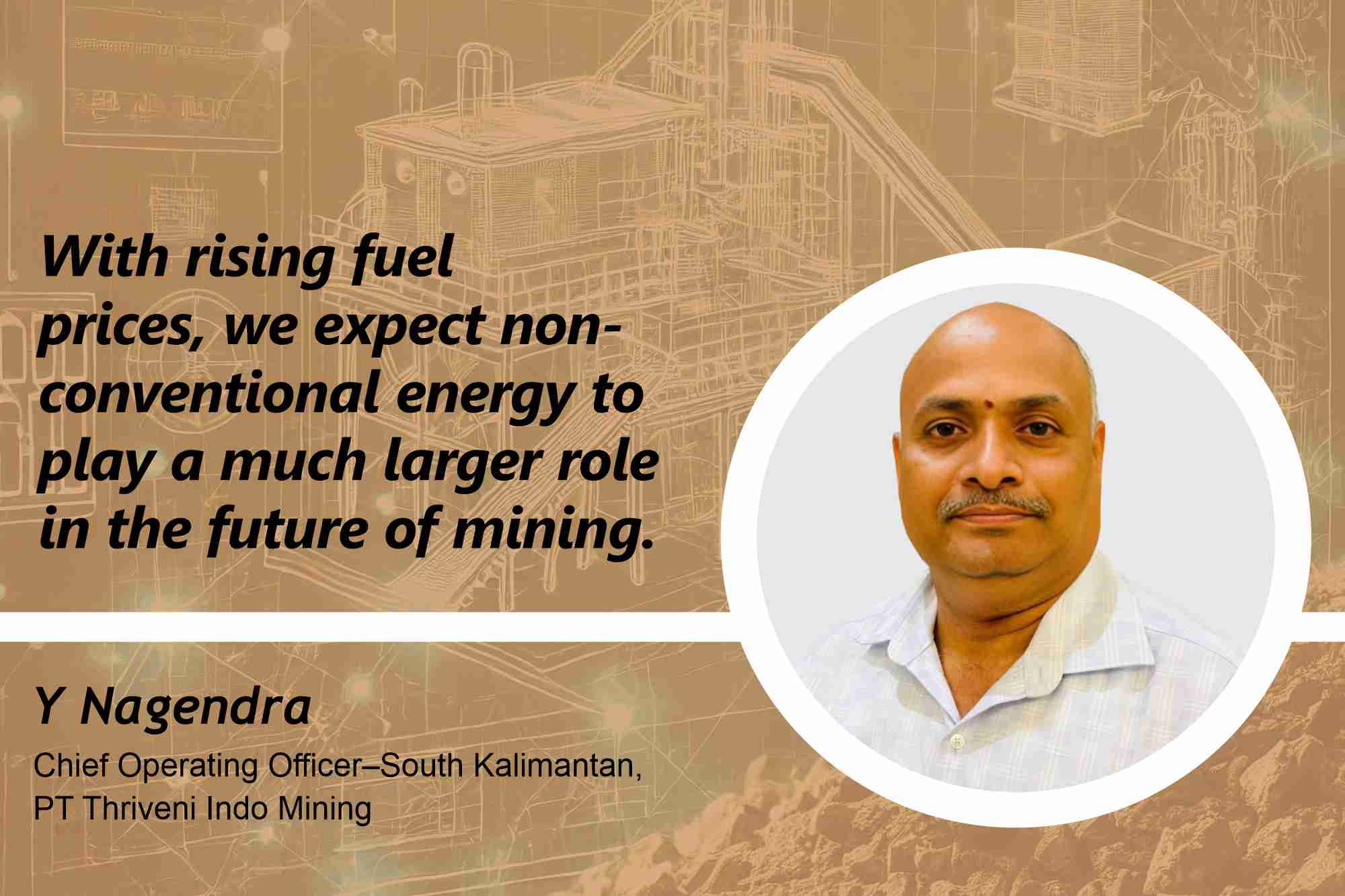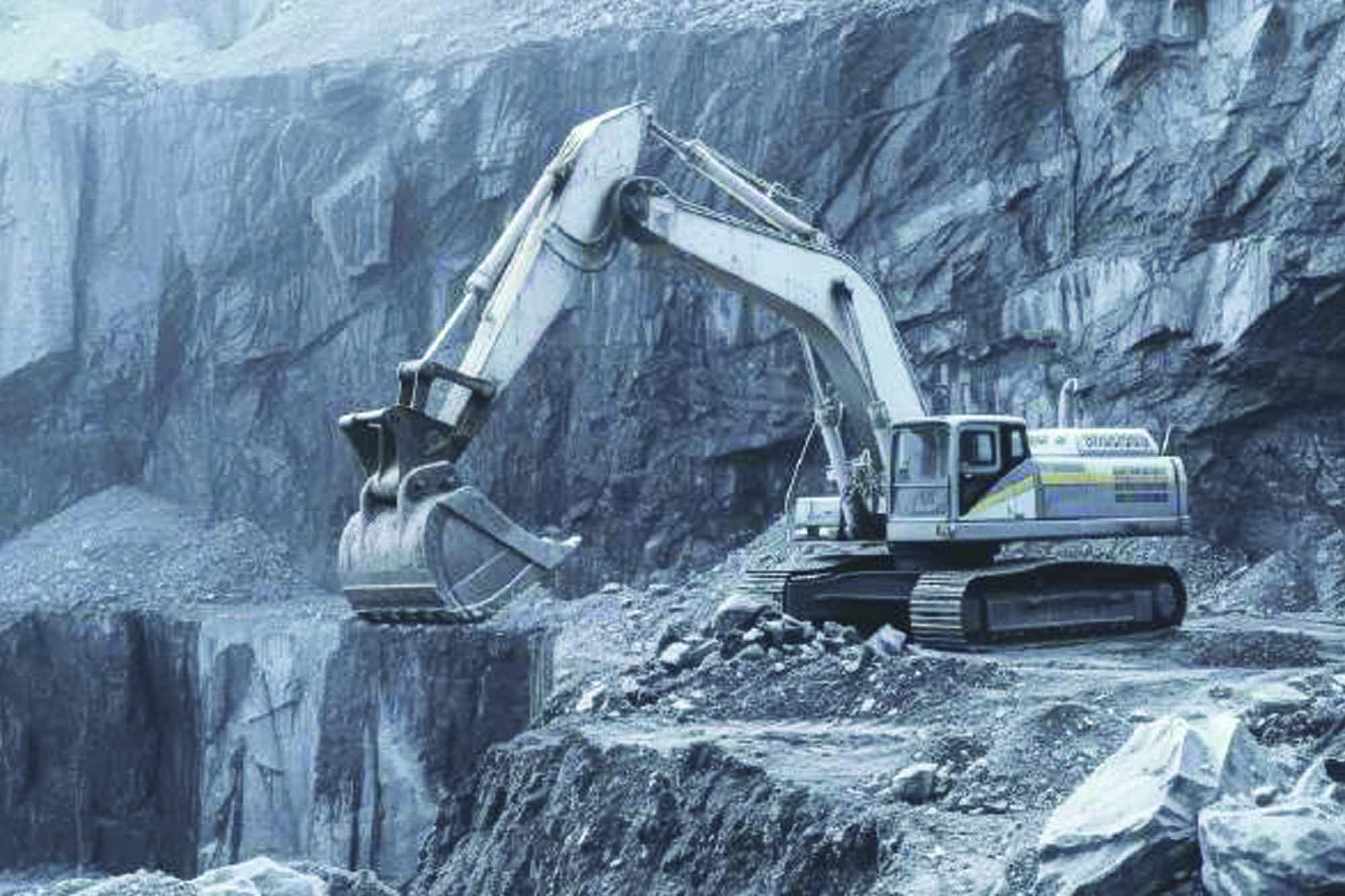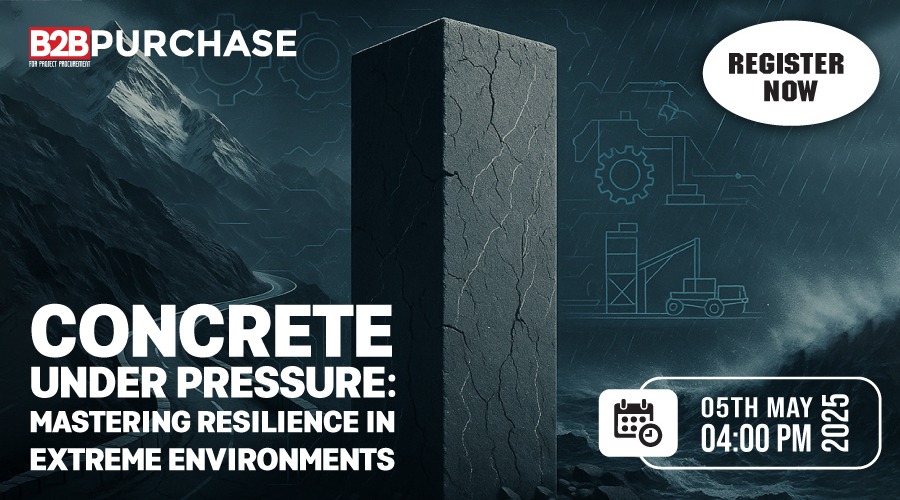The demand for sustainable mining is growing
By Staff Report | August 13, 2024 5:40 pm SHARE

At an evening event in Ranchi, MMD HEAVY MACHINERY INDIA PVT LTD India organised a workshop centred on green mining solutions. Y. Nagendra, Chief Operating Officer of South Kalimantan at PT Thriveni Indo Mining, discussed with B2B Purchase the growing importance of implementing sustainable practices in Indian mining operations.
What are Triveni’s current mining operations and future expansion plans in India’s mining and steel industries?
Triveni is one of India’s leading Mine Developers and Operators (MDOs). We have a significant presence in iron ore, with an annual production of 30 to 35 million tons, and in coal, particularly in Jharkhand, with about 22 to 23 million tons annually. In Maharashtra, we partner with Lloyd’s, where we’re currently producing 10 million tons of iron ore per annum, with plans to expand to 55 million tons. Additionally, we’re venturing into the steel business, aiming for 4 million tons of annual steel production. We expect these ambitions to materialise over the next three to four years, marking significant growth for Triveni.
How are mining companies responding to the statutory demand for lowering carbon footprints and maintaining sustainability?
There has been significant emphasis on sustainability from the government, with various incentive programs like the 5-star rating system, which rewards efforts in reducing carbon footprints and utilising non-conventional energy sources. Many mining organisations are adopting solar energy and other sustainable practices, even though the percentage of non-conventional energy use is still relatively small. However, with rising fuel prices, we expect nonconventional energy to play a much larger role in the future.
In Indian mines, mining equipment looks old-generation. How do you see this impacting the push toward modernisation and sustainability?
The equipment may seem outdated, but that’s not entirely accurate. The principles behind the machinery might be old, but the equipment itself has undergone significant upgrades. Modern equipment ranges in mines meet the latest fuel and pollution norms, focusing on energy efficiency and reducing carbon footprints. There have been substantial improvements in automation and safety features, making the equipment far more advanced than it appears. Additionally, there’s ongoing development towards electric and battery-powered machinery.
How are our mining policies leveraging sustainable mining?
Mining policies are continuously evolving to meet industry and environmental needs. These changes are necessary and positive, providing a regulatory framework that prevents companies from operating solely on their terms. Regular regulation updates ensure that the industry remains aligned with business and environmental goals.
What are the primary challenges hindering India from fully capitalising on its mining potential, and how does the auction process impact the competitiveness of merchant miners?
India is one of the leading mining countries globally, although not at the top. Several challenges prevent us from fully capitalising on our potential. One significant issue is the auction process for mines, which favours captive consumption. This makes it difficult for merchant miners to operate competitively. Many mines that have been allocated are yet to start operations due to these economic challenges. However, there may come a time when these mines are grouped to serve specific plants, which could change the economics and make operations more viable.

What are the major challenges faced by privately-owned coal mines in India, particularly in terms of pricing and competition?
In India, most coal mines are nationalised, except for a few that are privately owned. The majority of coal goes towards power generation. A key challenge is the pricing factor, as mines that have been auctioned with premium payments cannot compete with nationalised ones that don’t carry this premium. This disparity makes it difficult for newly auctioned mines to be financially viable.
Could you talk about the recycling practices within your mining practice?
Recycling is an integral part of our operations. For instance, used and burnt oil is sent to vendors or repurposed as a fuel agent for ammonium nitrate in blasting. While not all materials are recycled, we make significant efforts. At Triveni, we specialise in refurbishing old equipment. We strip down the machinery, identify non-usable components, and refurbish them to nearly new conditions. This practice, pioneered by our DRC (Dedicated Refurbishing Center) in Jamshedpur, is a testament to our commitment to sustainability through reusing old assets.
Could you share your thoughts on how companies like MMD HEAVY MACHINERY INDIA PVT LTD solutions will benefit sustainable mining operations?
It is very useful as they help us solve our challenges with custom-built solutions. Currently, we are having MMD HEAVY MACHINERY INDIA PVT LTD at some of our mines. The demand for sustainable mining is growing, focusing on business sustainability and environmental stewardship. From an ecological perspective, reducing the carbon footprint and lowering energy consumption is crucial. On the business side, sustainability is linked to cost reduction. If we can achieve both, the industry will thrive. We are taking steps toward business sustainability by implementing continuous mining and conveying technologies, which are more efficient and reduce costs. On the environmental front, we are exploring electric and battery operated equipment to decrease carbon emissions further. In the coming years, the government and private sectors will strongly support this shift towards sustainability in mining.
Cookie Consent
We use cookies to personalize your experience. By continuing to visit this website you agree to our Terms & Conditions, Privacy Policy and Cookie Policy.






































-20240213125207.png)

























